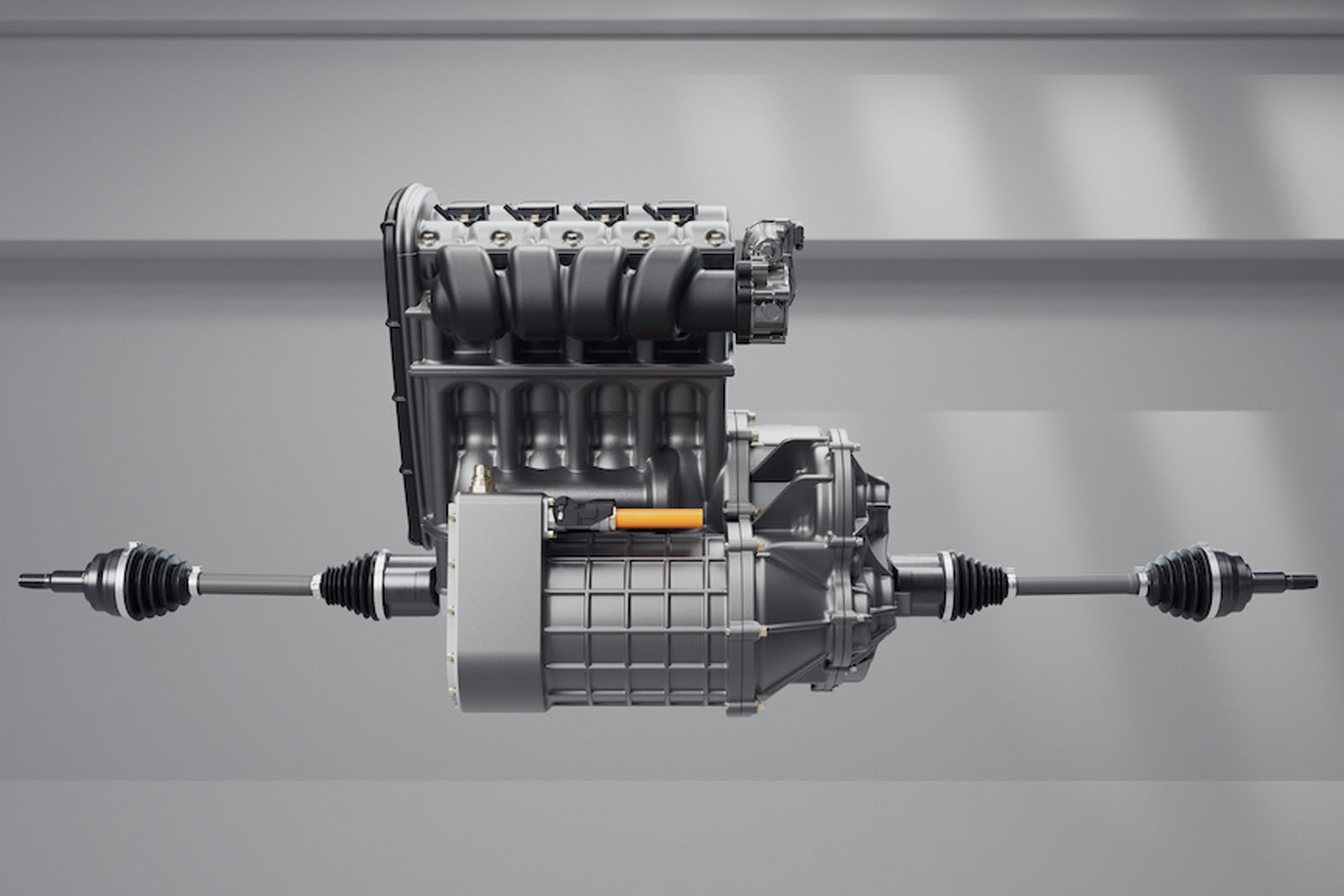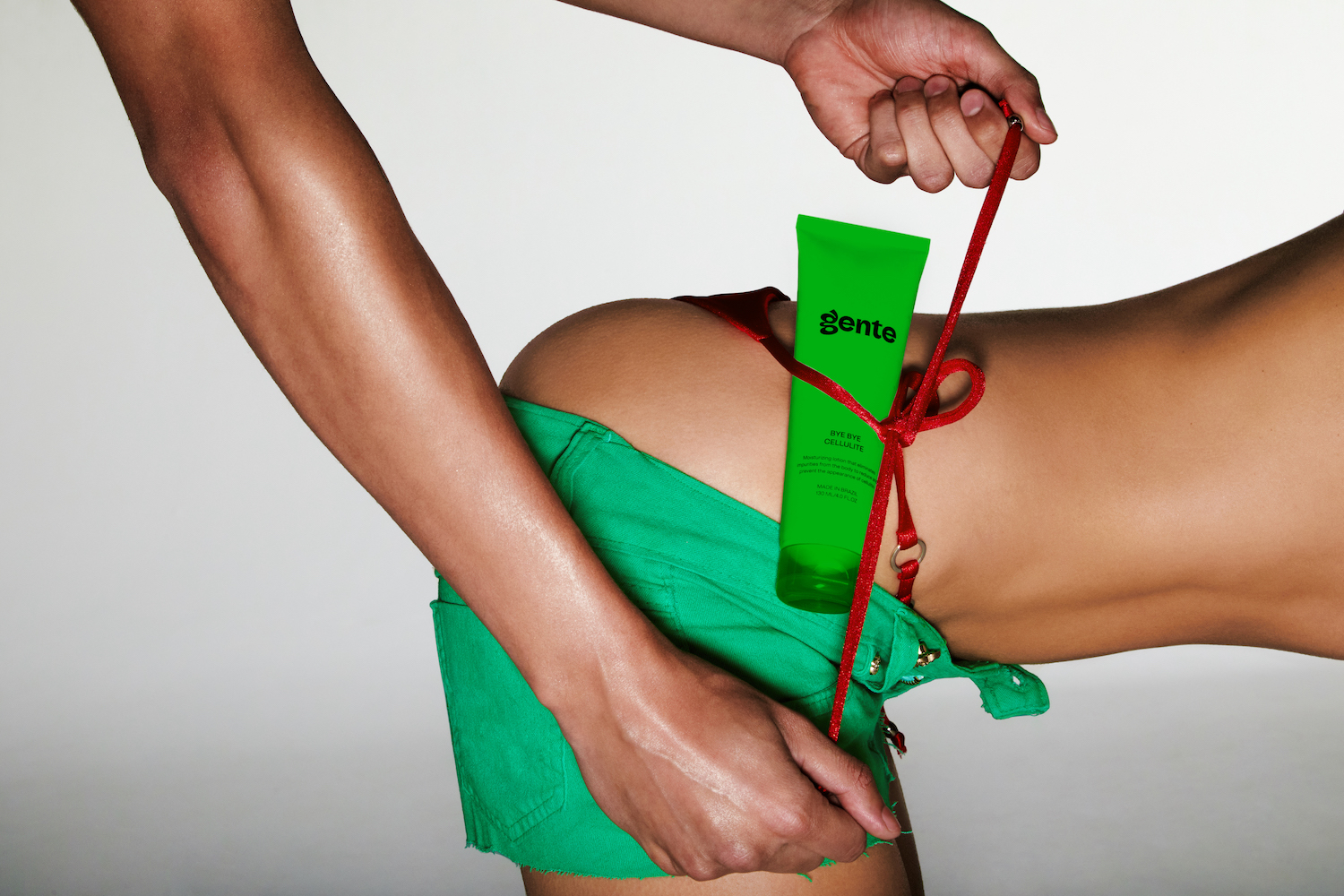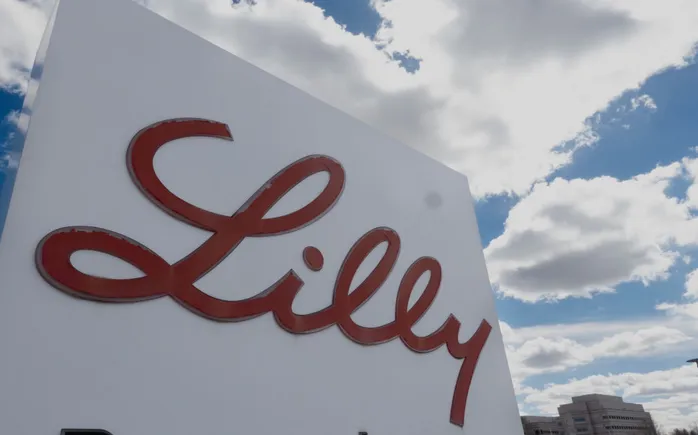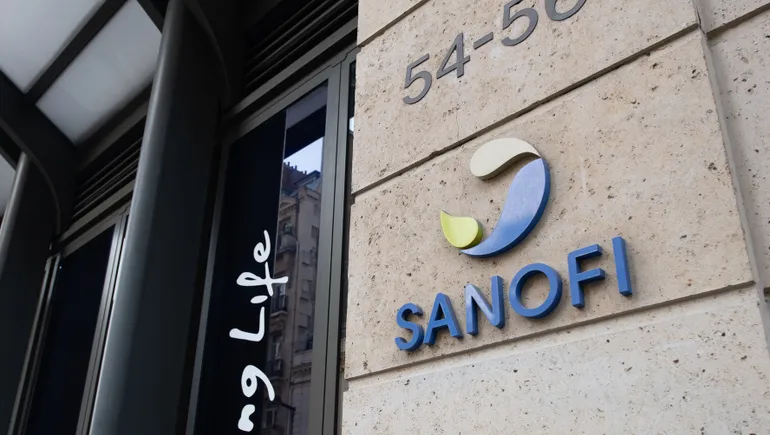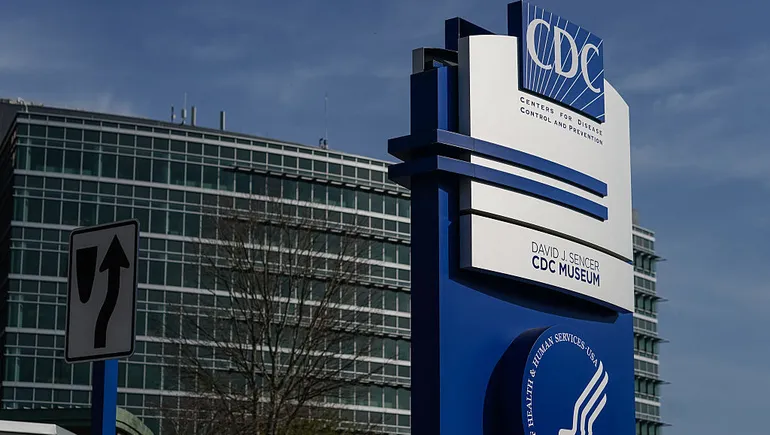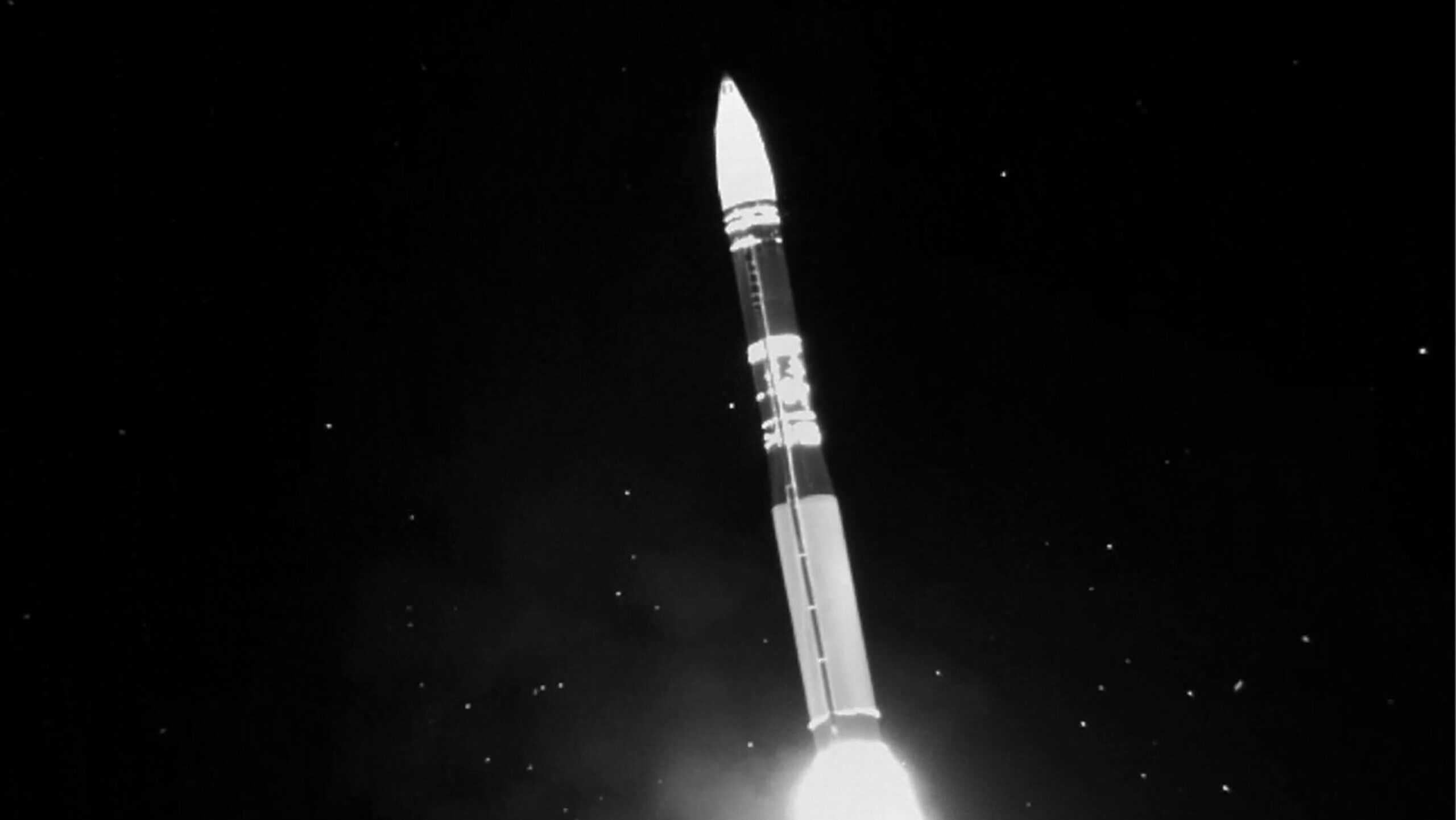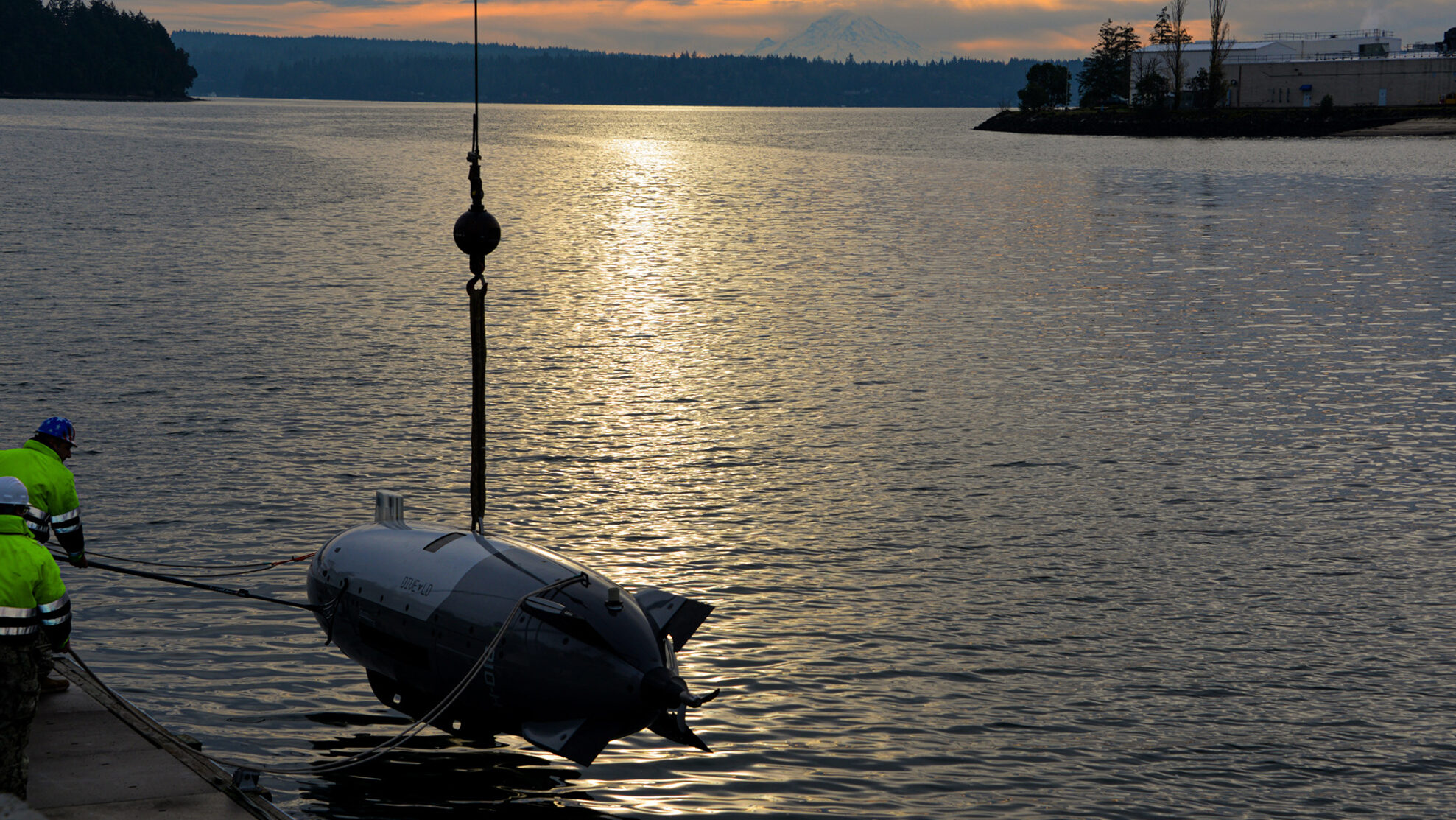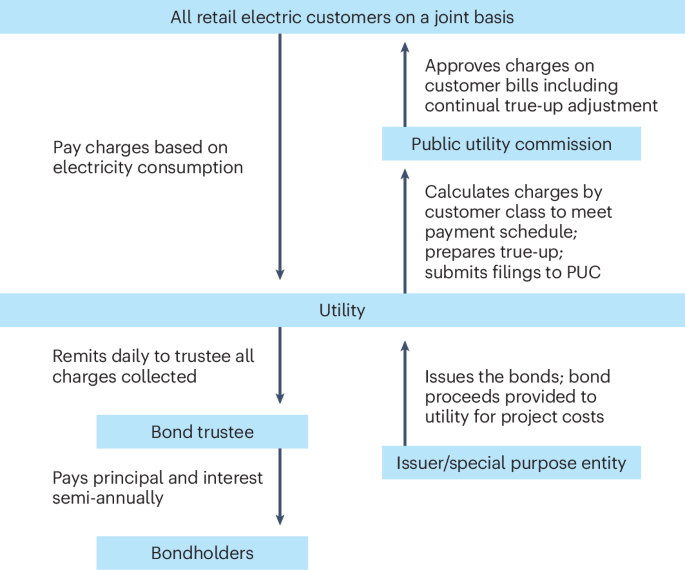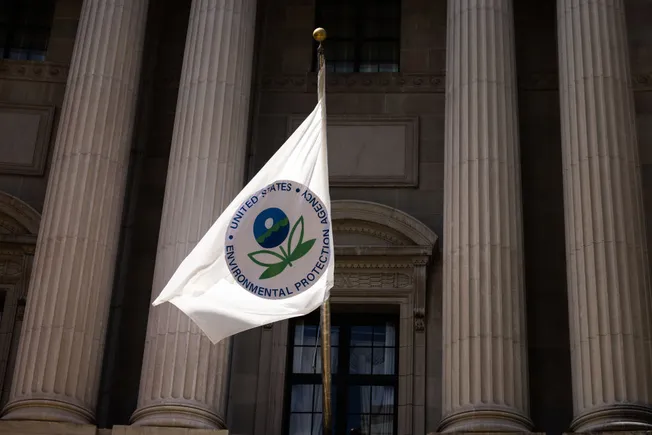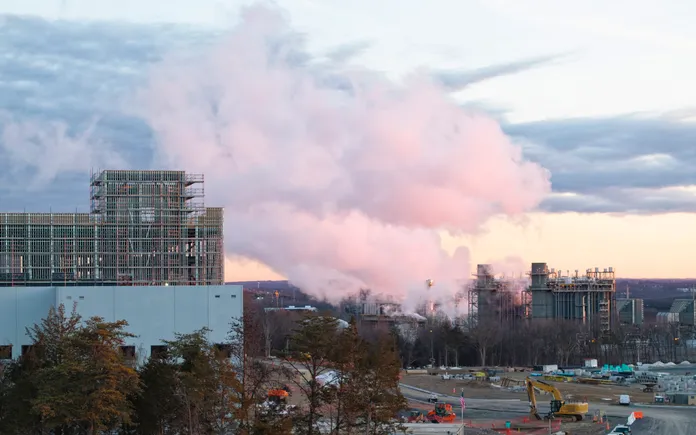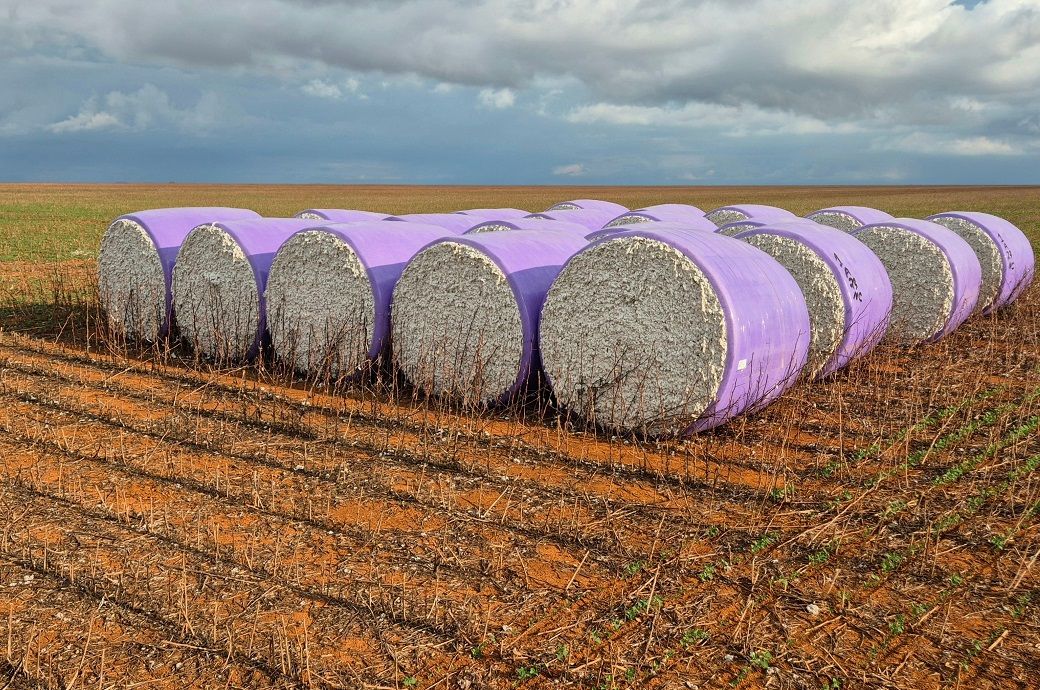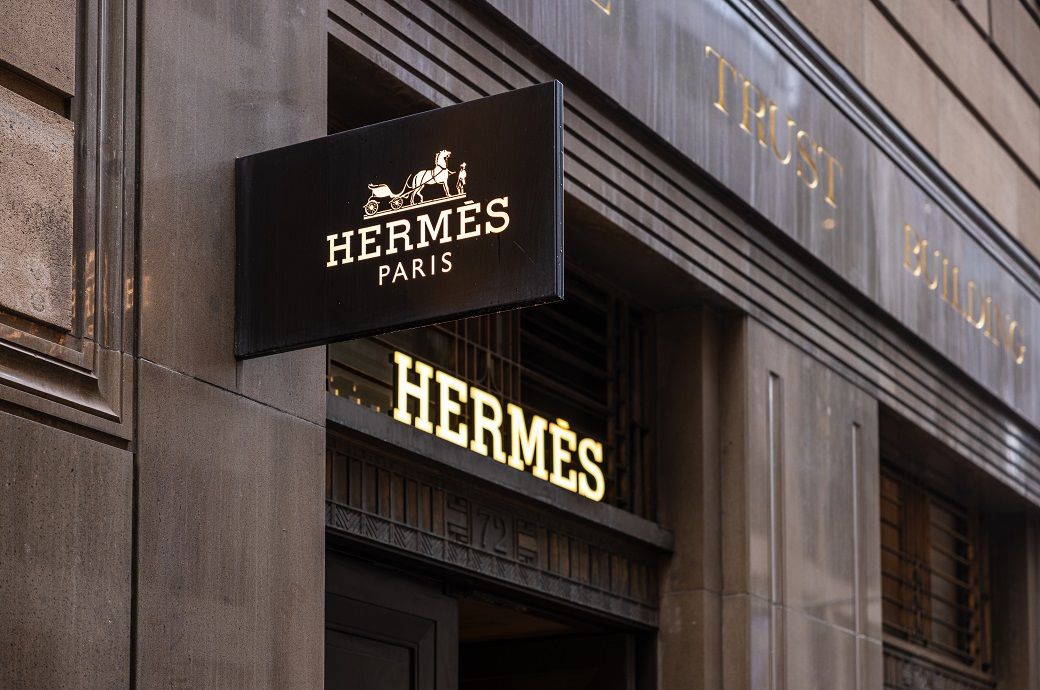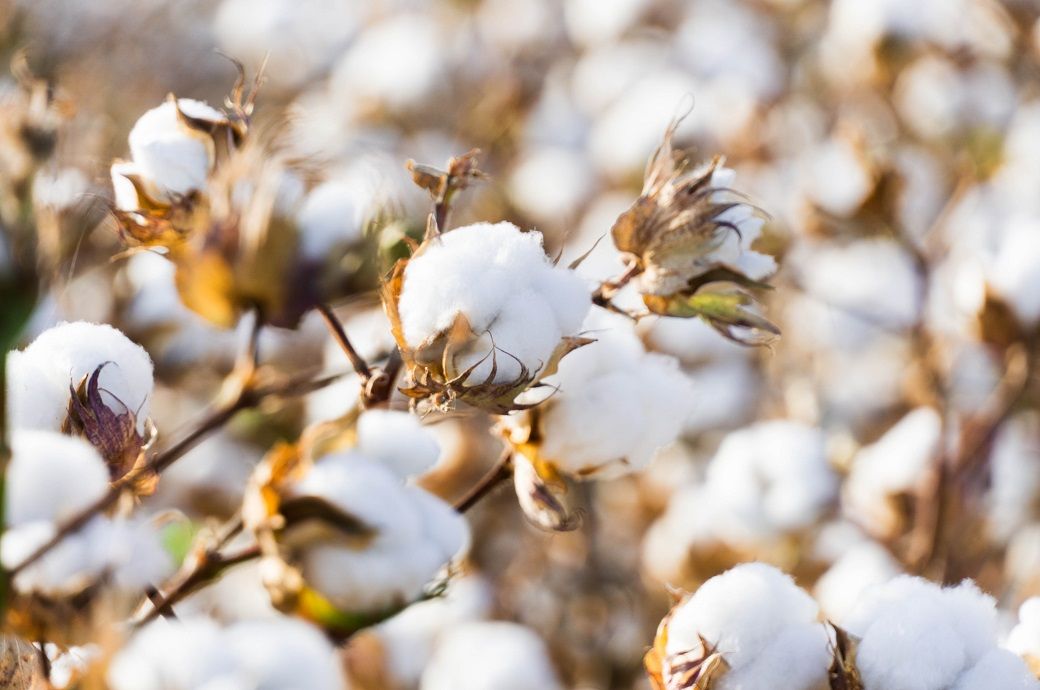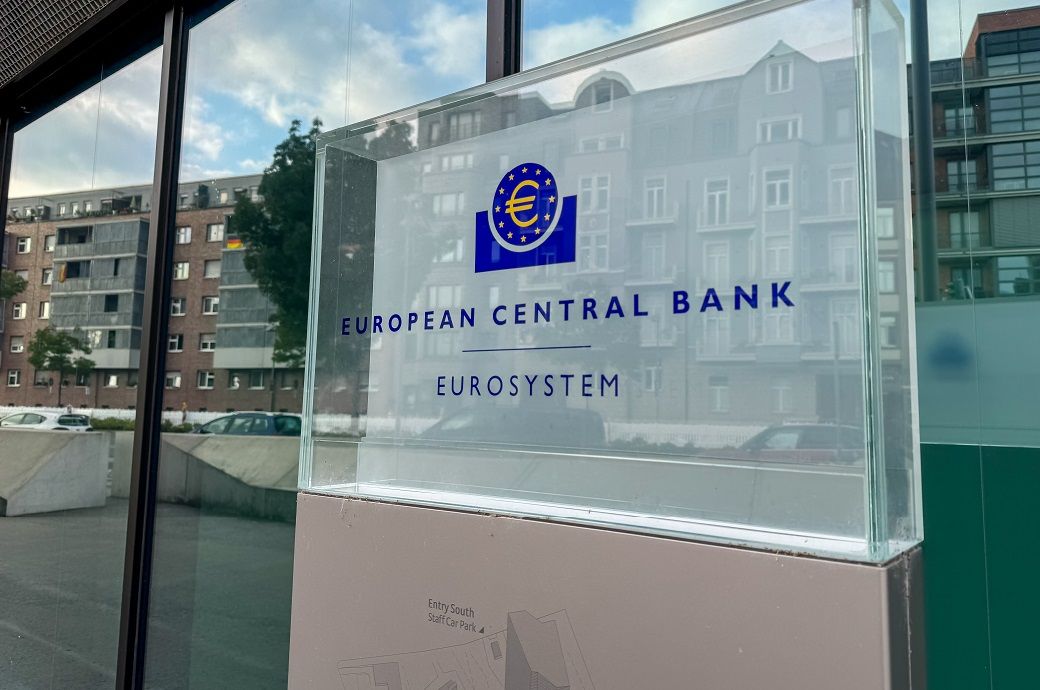Facing a Fiery Future, California Winemakers Are Getting Scrappy
Fire-prevention sheep, private hydrants, man-made reservoirs—California winemakers are taking action the best they can. [...] Read More... The post Facing a Fiery Future, California Winemakers Are Getting Scrappy appeared first on Wine Enthusiast.
Last year was the warmest year ever recorded, capping a decade-plus era of increasingly extreme weather. Some of the worst wildfires, droughts, excess rain events, tornadoes and tropical storms in history occurred in the United States in 2024, according to the National Oceanic and Atmospheric Administration.
There were multiple billion-dollar climate disasters, but none more destructive than the wildfires that ripped across L.A. this January. The worst blaze, the Palisades Fire, had an estimated perimeter of more than 36.6 miles, leaving almost unfathomable destruction in its wake. All told, the fires killed at least 29 people, damaged or destroyed close to 20,000 structures and caused between $250 billion and $275 billion in damage and economic loss.

When disaster strikes, most of us hope we’d be able to recoup some of our financial losses through insurance. But California winemakers are now largely on their own in the event of wildfires, which will only grow more common.
The Fires That Woke Up the Wine Industry
“2017 should have been a wakeup call for us in Napa Valley, but a lot of people were in denial,” says Stu Smith, general partner and enologist at Smith-Madrone Vineyards and Winery in St. Helena. “My brother and I were Boy Scouts though, so we started preparing our property.”
The pair spent about $500,000 on fire mitigation efforts. They installed sprinklers on top of the winery and bar, secured water storage and installed ten fire hydrants around the property.

Then, in August 2020, a series of fires causing an estimated $3.7 billion in damage to the wine industry woke up everybody else.
“I slept on the property during the fire in 2020, and my son Sam joined me on the second day of the fires,” Smith recalls. “Together we did what we could to prevent a total loss. When we saw flames going up the redwoods on the perimeter of the property, we left, but because of the protective work we were doing in the years leading up to the fire and in the first days of the outbreak, it was like someone put a bubble over our property.”
Their 160-acre estate was relatively unscathed, an “island in a sea of incinerated forest,” he says. “It burned right up to our fence line and stopped.”

Shortly after insurers registered the scope of the loss, companies began fleeing California, citing risk of bankruptcy. The few insurance companies that did remain increased their premiums and drastically lowered the losses they were willing to cover.
Government help hasn’t been reliable, either.
In 2021, the California FAIR Plan, a state insurer established in 1968 to ensure that all property owners had access to basic fire insurance, stepped in to begin offering coverage again. California’s agricultural community, including the Farm Bureau, had pushed for the passage of Senate Bill 11, which updated the insurance code to include farms and wineries in commercial coverage.
But following the devastating 2025 fires, the FAIR Plan said that it risked insolvency if it didn’t receive a $1 billion lifeline to help cover its losses. In January, legislators introduced Assembly Bill 234 to increase transparency and allow the Speaker of the State Assembly and Chairperson of the Senate Committee on Rules to become non-voting members of the FAIR Plan’s governing committee. (The California FAIR Plan has not publicly disclosed who sits on its board, which critics say could signal a conflict of interest). The bill’s fate remains uncertain.
As Fire Risk Rises, Coverage Is Shrinking
Meanwhile, the risk of fire in California is higher than ever. The California Department of Forestry and Fire Protection issued new fire-hazard severity maps that added 1.2 million acres into moderate- to high-risk zones.
The moderate-and-above zones are now subject to the state’s fire safety regulations. This is the third of a four-part rollout of new risk assessments, with Northern and Central California seeing a fivefold increase in acreage considered risky, and coastal Northern California seeing a sixfold increase. Many of these regions cover prime areas of wine country.
Like many winemakers, Jason Haas of Tablas Creek Vineyard in Paso Robles has seen insurance coverage plummet as costs skyrocket. In 2020 and 2019, the vineyard’s annual premium was $57,500, which covered total insurable values of around $38 million, including fire, equipment breakdown, inventory, bulk wine, cased goods and more across all buildings and while in transit.

“For the last few years, we have had to take out three separate policies—two covering fire for our winery and caretaker residence through the California FAIR Plan, and another covering equipment through a private insurer,” says Haas, who is the vineyard’s second generation proprietor.
As of 2025, Tablas Creek pays $80,775 for a maximum coverage of $8.4 million, without coverage of wine in transit. So, that’s 40.47% more in payments, for a 77.89% reduction in coverage. Haas says it could be worse.
“We are not in the highest risk zones under the California Fair Plan,” he says. “If we were, our policy would be more like $150,000.”
Winemakers (and Their Sheep) Are Getting Creative
As critical as firefighters are to managing California wildfires, they’re not miracle workers. To protect their land and employees, California winemakers are getting scrappy.
One of the most common but difficult-to-execute fire mitigation techniques is removing all underbrush, fallen leaves and vegetation from winery estates and the forests that often surround them. The time and cost this process requires with human labor makes it pretty unrealistic.
That’s where Bonterra Organic Estate’s itinerant band of sheep come in.
The winery brings in 3,000 sheep via Kaos Sheep Outfit, a sheep ranching company that works closely with vineyards to “clean up” and fire proof their vineyards and improve soil health.

“The sheep are great for fire mitigation because they keep vegetation under control,” says Joseph Brinkley, Bonterra’s senior director of organic farming. “The alternative would be using people, which would be incredibly labor intensive, or chemicals, and obviously we’re not going to do that.”
The animals are also key to fire prevention at Tablas Creek Vineyard. “We rely on them to keep our 100 acres of oak forest clear, and the area around our creek beds,” says Haas.
Sheep, however, can’t do it alone. Jessi Smith, director of operations at Vega Vineyard & Farm in the Santa Ynez Valley, finds the current situation “super scary.”
Vega acquired the 206-acre estate in 2022, well after most reasonable insurance policy options evaporated. “We know if we don’t take action ourselves, we’d be completely screwed if there was a serious fire,” says Smith. Currently, the little fire insurance they do have covers roughly 20% of potential losses.

In addition to purchasing water tanks and dozens of fire hoses, the staff has been rigorously trained on a custom-made emergency response program in the event of a chemical or a brush fire.
“We see it as our duty to take care of ourselves, because we know we can’t rely on anyone else,” says Smith, who estimates that they have spent $500,000 on fire mitigation and suppression since 2017. “The crazy thing is, all of that investment doesn’t matter to the insurance companies. They just charge you based on your zip code. But it’s still worth it, because if a fire comes again, we know we’ll be prepared, and that our structures and property will be protected.”

Smith invested in a 25,000-square-foot water storage tank, ten strategically placed fire hydrants, a generator to power everything if needed and new sprinklers on the roof of the winery and barn. Vega Vineyard has also completely eliminated green breaks around its structures, while surrounding all trees on the property with 2.5-foot-high rings of rocks. “Anything we think of, we do,” she says.
Martha Barra, owner of Barra of Mendocino and Redwood Valley Cellars in Mendocino, says that while rates for insurance have gone up 20% in recent years, she is relieved they can still get coverage.
Like Smith, Barra is focusing on prevention and suppression. Barra’s estate has six man-made reservoirs, storing more than 200 acre-feet of water with an additional water tanker on hand, and has two large, private fire hydrants installed.
In 2017, Barra lost 167 vines and 50 trees to the fires, but she says those fire hydrants ultimately saved their structures.

“We’ve spent a lot of money and resources on these investments and reducing the potential fuel load by clearing out underbrush from trees, raising canopy in the trees surrounding the vineyards and removing any other debris that can cause fuel load,” she says.
When Life Gave Them Lemons, They Made Brandy
In the event of fire, or vineyards brimming with tainted grapes, what’s a vintner to do? With smoke taint research on hold, winemakers are salvaging what little they can.
“In 2020, our only option was to let the vintage go, turn it into vinegar, sell it to a distiller or distill it ourselves,” says Painter. “Turning it into vinegar or selling it to a distiller would be an even bigger loss, because it would cost us more to ship the grapes than we’d get in return.”
So, Castello di Amorosa decided to distill it into brandy, age it in French oak and sell it.
“Did we recoup our losses 100%? Of course not,” he says. “But did we create a beautiful brandy that helped us get closer to recouping them? We did. And the response was good. It’s the best way you have to recover the investment.”
Winemakers may be facing a fiery new reality without solid insurance or government support, but they have the hard-won experience now to prevent, douse and deal with any embers that come their way.
More Natural Disaster Coverage
- As extreme weather events escalate in severity and frequency, here’s how climate disasters are recalibrating wine collecting.
- Are hybrid and PiWi grapes climate saviors? We investigate.
- A devastating earthquake destroyed the Sicilian town of Gibellina. Wine and art helped rebuild it.
- “Snow drought” poses a major risk to wineries in the American West.
- Faced with global crises, wineries are turning to adaptive farming and support groups.
The post Facing a Fiery Future, California Winemakers Are Getting Scrappy appeared first on Wine Enthusiast.


















